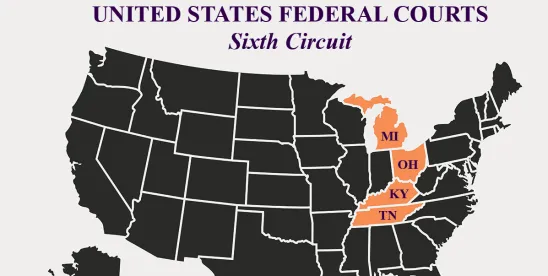Under 29 U.S.C. § 1301(b)(1), all “trades or businesses” under common control with an employer that has withdrawn from a multiemployer pension plan are jointly and severally liable for the employer’s withdrawal liability. The statute does not define what it means to be a “trade or business,” and though the statute references regulations promulgated by the Internal Revenue Service, those regulations focus only on what it means to be under “common control.” In the absence of a statutory or regulatory definition, many courts have looked to the Supreme Court’s decision in Comm’r v. Groetzinger, 480 U.S. 23 (1987). In that case, the Supreme Court held that a taxpayer’s gambling activities could constitute a “trade or business,” thereby making the taxpayer eligible to deduct his gambling losses as business expenses, if: (i) the primary purpose of the activity was to generate income or profit, and (ii) the activity was continuous and regular. In Local No. 499, Bd. of Trs. of Shopmen’s Pension Plan v. Art Iron, Inc., 117 F.4th 923 (6th Cir. 2024), the Sixth Circuit joined in part the Second, Seventh, and D.C. Circuits in holding that the Groetzinger test should be used to determine whether an activity constitutes a “trade or business” for withdrawal liability purposes under 29 U.S.C. § 1301(b)(1).
Background
In Art Iron, the plan argued that the withdrawn employer’s sole shareholder and his wife were personally liable for over $1 million in withdrawal liability because they each operated a “trade or business” at the time of the withdrawal—the husband received consulting fees from the employer and his wife sold jewelry. The district court agreed, holding that the couple admitted in their tax returns that these activities constituted the operation of sole proprietorships. In reaching this conclusion, the district court did not apply the two-part Groetzinger test because it interpreted the Sixth Circuit’s decision in Pension Benefit Guar. Corp. v. Findlay Indus., Inc., 902 F.3d 597 (6th Cir. 2018), to have rejected that standard. In Findlay, the Sixth Circuit held that “any entity that leases property to a commonly controlled company is categorically a trade or business.” In so holding, the Sixth Circuit declined to adopt the Groetzinger test, stating it was “specific to tax law” and “would not serve ERISA’s purposes.”
The couple in Art Iron appealed the district court’s ruling, arguing that the Groetzinger test should apply, and the Sixth Circuit agreed. The Court held that its prior decision in Findlay was limited to circumstances where the withdrawn employer leases property from a commonly owned entity, but that, in all other circumstances, whether an activity constitutes a “trade or business” under 29 U.S.C. § 1301(b)(1) should be evaluated under the Groetzinger test. In so holding, the Court cited the adoption of the Groetzinger test by other circuit courts, the statute’s express reference to provisions of the Internal Revenue Code, and common usage of the terms “trade” and “business.” Applying this standard, the Sixth Circuit affirmed the district court’s ruling against the husband, but reversed the ruling against his wife. The Court held that the husband’s consulting business was continuous and regular because he received consulting fees for “several consecutive years” through the year of withdrawal. By contrast, his wife’s jewelry sales were not sufficiently continuous nor regular because she did not make any sales in the year of withdrawal.
Proskauer’s Perspective
The Sixth Circuit’s decision is a reminder that it is not just the employer that has withdrawn from a multiemployer pension plan that may owe withdrawal liability, but under certain circumstances, its owners, their spouses, and affiliated companies as well. Whether liability will attach is a fact-intensive inquiry that involves a proper understanding of the operations and ownership structure of the employer and its affiliated entities and the relevant standards governing secondary liability under ERISA, including those in the particular jurisdiction in which the plan is operated and where the employer and its affiliates and owners are located.




 />i
/>i
